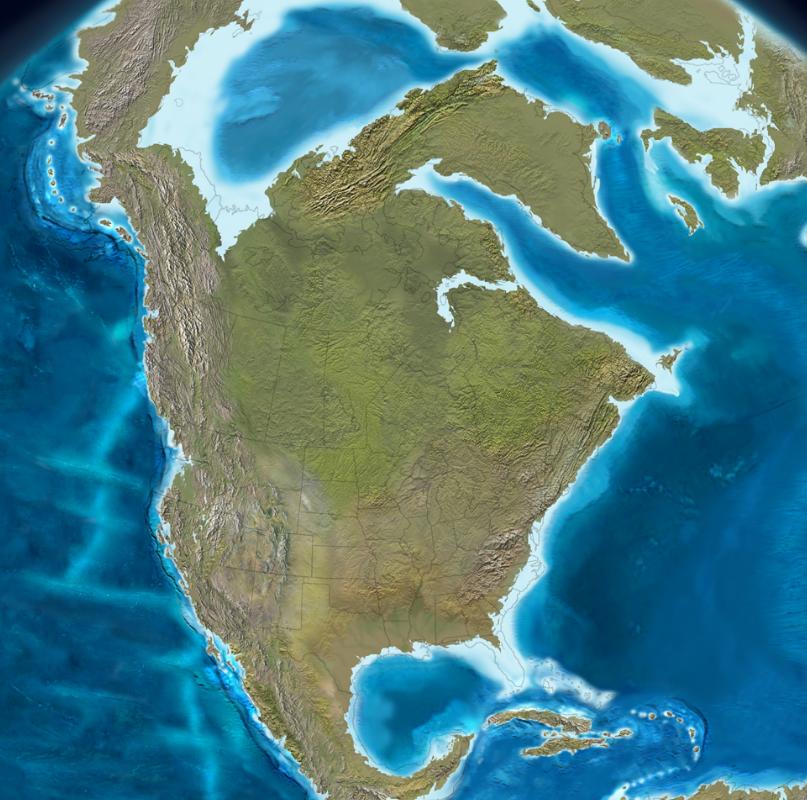55 million years ago, the Earth was a much warmer place than it is today. Shockingly warm, in fact.

And scientists are finding that the more they refine their estimates of how warm it actually was, the warmer it seems to get. Which is likely to tell us quite a bit about just how warm we can expect our future Earth to be.
This was the story emerging from today’s Greenhouse Earth Symposium – part of a major international paleoclimate conference held in Wellington this week. Climatic and Biotic Events of the Paleogene 2009 brings together geologists, deep sea drillers, paleontologists, chemists, microfossil hunters and climate modellers to share emerging insights on ancient climate change.
Listen to James Zachos of UC Santa Cruz in this podcast on models of future global warming or click for more over the fold.
[audio:https://www.sciencemediacentre.co.nz/wp-content/upload/2009/01/zachos.mp3]
To reconstruct the history of the climate over millions of years, scientists compile data from extremely diverse sources. Direct measurements of isotopes from ice cores can take us back only about a million years. The ‘traditional’ way of finding out more ancient temperatures is to measure the isotopes of gases trapped inside the fossil skeletons of microscopic plankton. The shells formed by these tiny organisms preserve a record of the atmosphere at the time they lived. After their death, they sink to the sea floor where they accumulate in the layers of marine sediments like limestone. Geologists access these sediments by drilling for cores at the bottom of the ocean, or by examining them in exposed outcroppings on land.
Other scientists use the fossil record of large animals to prove that the climate was much warmer in the past. Crocodiles and other cold-blooded reptiles can’t survive freezing temperatures, so their presence is a clear sign that winters never dipped below zero. During the temperature spike at the end of the paleogene, they were found as far north as Canada. Other researchers have found palm pollen and tropical algae in Arctic marine sediments. The latest estimates presented at the conference by University of Utrect paleoecologist Appy Sluijs are that sea temperatures at the north pole reached at least 23 degrees C, possibly as high as 27 degrees (!)
In addition to increased temperature, researchers can show that these extreme greenhouse events were linked to increased CO2 levels. Sediment cores from deep sea drilling show clearly that sudden temperature increases in the past were accompanied by significant acidification of the world’s oceans — the hallmark of a major input of CO2 to the global system. In these cores, light-coloured limestone (carbonate) rocks give way suddenly to layers of dark red clay. The explanation? Ocean pH had grown so acidic that calcium carbonate sediments dissolved, leaving only the insoluble clay behind.
James Zachos of UC Santa Cruz believes that the carbon increases and global temperature spike of 55 million years ago occurred rapidly, by which he means, “on the time scale of anthropogenic CO2 increase”. He and many other scientists present look to this ancient climate event for clues about what will happen to the global system in coming decades and centuries as human impacts are felt. With the latest data and newest proxies now pointing to global average temperatures over 30 degrees C and possibly even higher, it may be time to reexamine our assumptions about how hot things are going to get.